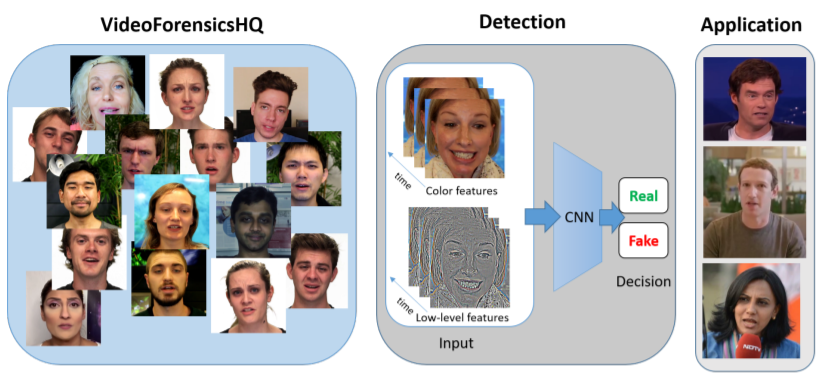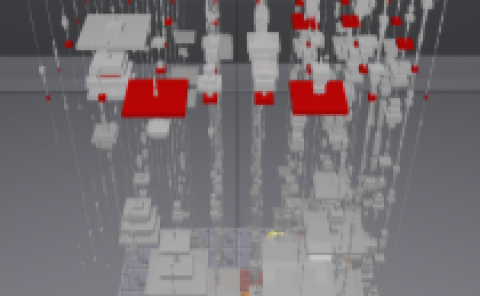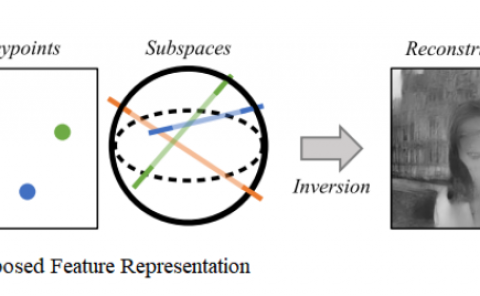VideoForensicsHQ: Detecting High-quality Manipulated Face Videos
PubDate: May 2020
Teams: Max Planck Institute for Informatics
Writers: Gereon Fox, Wentao Liu, Hyeongwoo Kim, Hans-Peter Seidel, Mohamed Elgharib, Christian Theobalt
PDF: VideoForensicsHQ: Detecting High-quality Manipulated Face Videos

Abstract
New approaches to synthesize and manipulate face videos at very high quality have paved the way for new applications in computer animation, virtual and augmented reality, or face video analysis. However, there are concerns that they may be used in a malicious way, e.g. to manipulate videos of public figures, politicians or reporters, to spread false information. The research community therefore developed techniques for automated detection of modified imagery, and assembled benchmark datasets showing manipulatons by state-of-the-art techniques. In this paper, we contribute to this initiative in two ways: First, we present a new audio-visual benchmark dataset. It shows some of the highest quality visual manipulations available today. Human observers find them significantly harder to identify as forged than videos from other benchmarks. Furthermore we propose new family of deep-learning-based fake detectors, demonstrating that existing detectors are not well-suited for detecting fakes of a quality as high as presented in our dataset. Our detectors examine spatial and temporal features. This allows them to outperform existing approaches both in terms of high detection accuracy and generalization to unseen fake generation methods and unseen identities.



